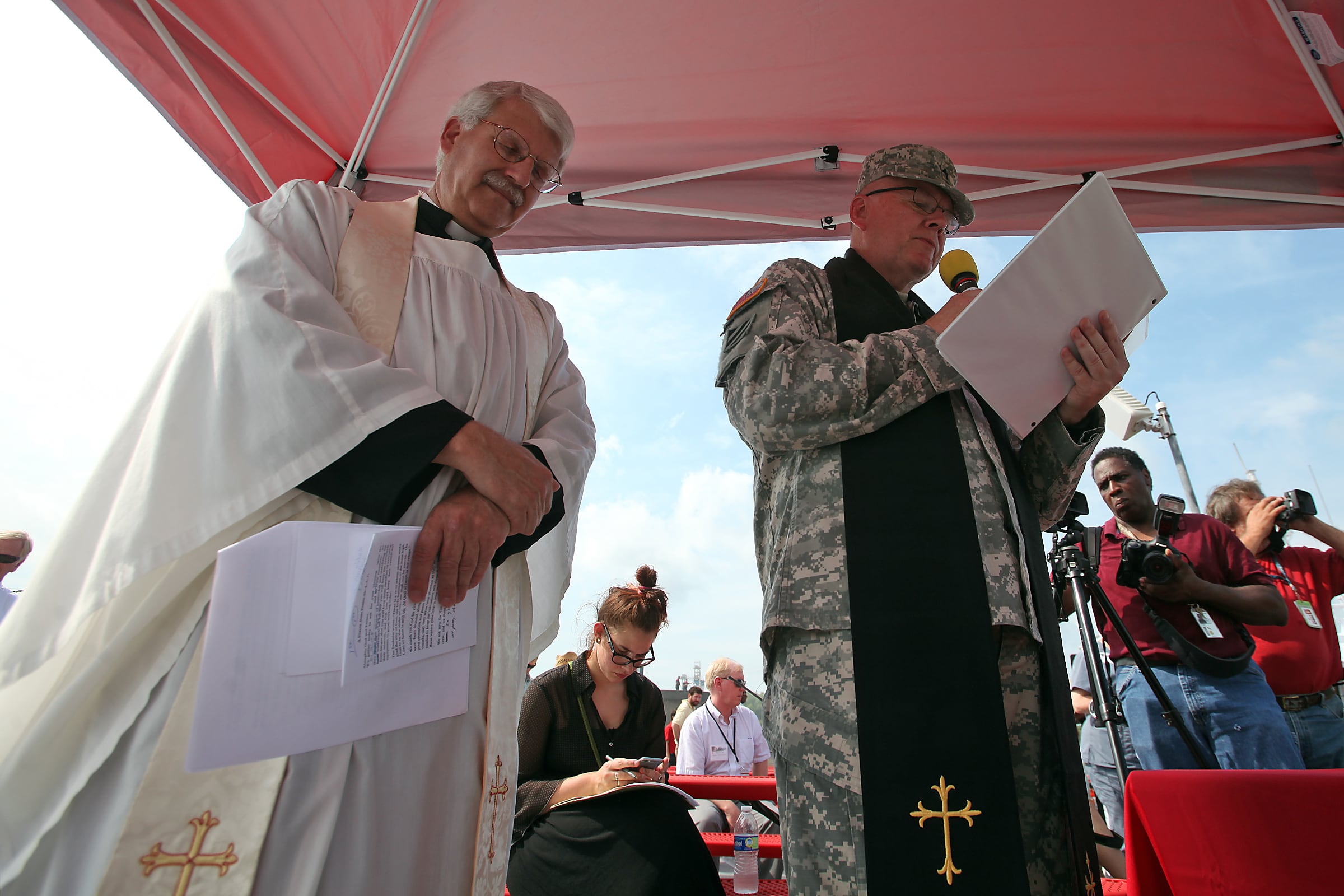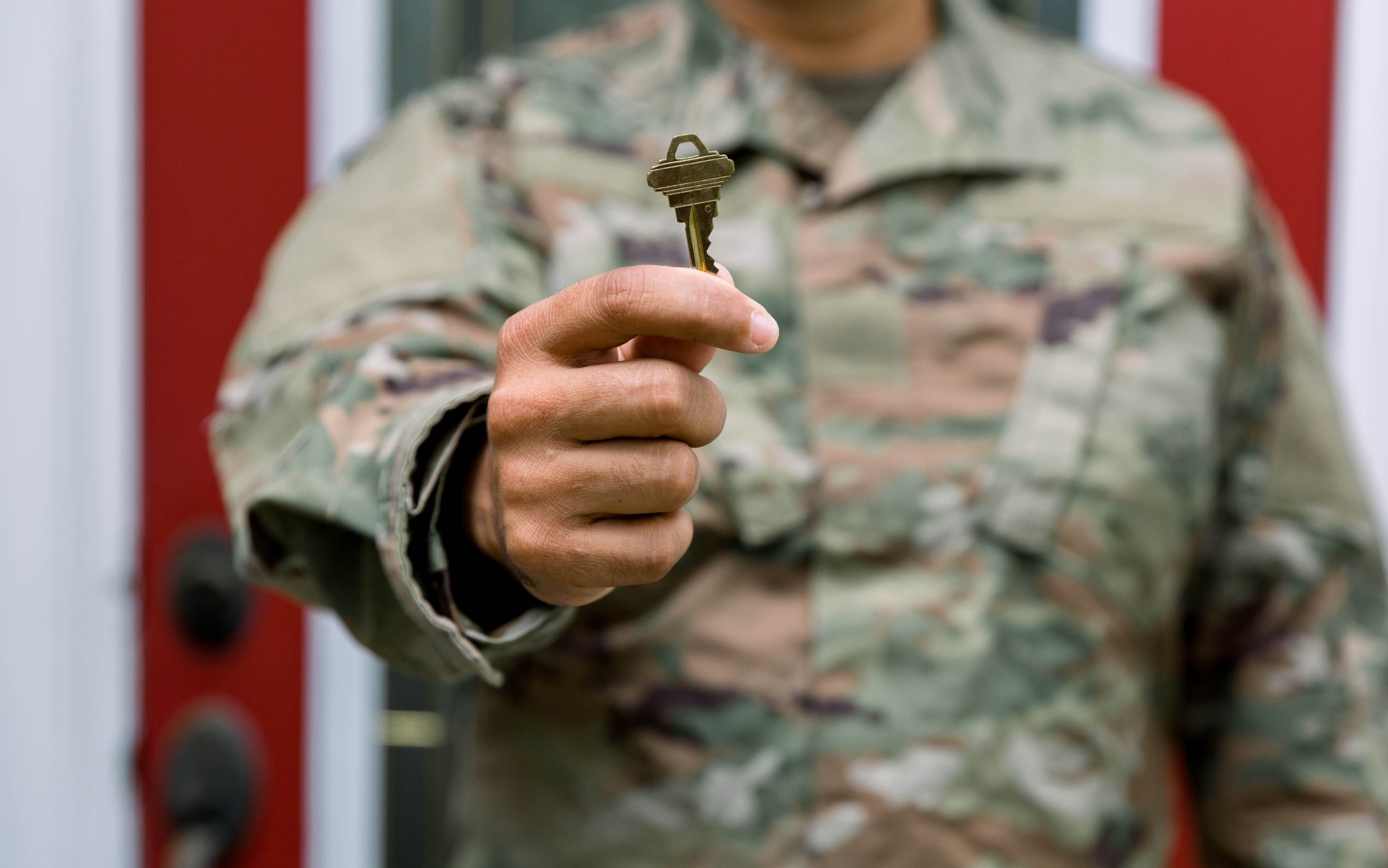The Marine Corps is preparing for a surge in the combat capability of the Navy-Marine air/ground expeditionary force. The first squadron destined for initial operational capability of the F-35B is the "Green Knights" of Marine Fighter Attack Squadron 121, at Marine Corps Air Station Yuma, Arizona. The aviators and maintainers of this storied squadron are working to bring the first F-35B squadron into service next year, along with Marine Aviation Weapons and Tactics Squadron One.
Their approach for an earlier template of innovation can be seen in the dramatic changes associated with the MV-22B Osprey, which has made Marines the only tiltrotor-enabled assault force in the world. With the combination of the Osprey and the F-35B, Marine infantry will be able to operate at distances of more than a thousand miles. This is a unique 21st-century combat capability.
"With the F-35 and its combination of stealth and fused combat missions, we can reduce dramatically the need for mission-support aircraft in initial operations," said Maj. Gregory Summa, the executive officer of VMFA-121. "For example, a nonkinetic electronic warfare option is one button push away."
The co-location of VFMA-121 with MAWTS-1 is an important part of the aircraft's introduction. While VFMA-121 is preparing it for IOC, MAWTS-1 is responsible for the tactics and training for USMC aviation. F-35 MAWTS instructors are flying with VFMA-121 to shape concepts of how to standardize fleet operations for the F-35B.
According to Maj. Gen. Robert Hedelund, a former MAWTS-1 commanding officer and now commanding general of 2nd Marine Air Wing, "VFMA-121 will figure out how to kill the enemy more effectively and MAWTS will standardize the approach."
Clearly, Marine Corps experience will be informed by the pilots and operators of other services, including allied partners.
Again, an earlier focus on synergy between operators and evolving concepts of operations is underscored by recent successful Osprey combat experience. The Osprey is not a replacement for the CH-46, just as the F-35 is not a replacement for the Harrier or F-18; it is a new page of aviation combat.
It may have taken awhile for the Osprey to enter into service, but it has revolutionized Corps' operations. The tiltrotor assault force changed the operational range of the entire amphibious ready group-Marine expeditionary unit. An MV-22-enabled infantry force can cover more than 1,000 miles to engage in combat operations and, as seen in Odyssey Dawn in Libya, execute an unprecedented tactical recovery of aircraft and personnel.
Changes will become even more dramatic when the new-generation pilots become the operators of the fleet. In an interview when he was commanding general of 2nd MAW, Lt. Gen. Jon Davis referred to them as the iPad-generation pilots.
"I think it's going to be the new generation, the newbies that are in the training command right now, that are getting ready to go fly the F-35, who are going to unleash the capabilities of this jet," Davis said. "They will say, 'Hey, this is what the system will give me. Don't cap me; don't box me in.' "
We have already seen this with the Osprey: Pilots who have only operated Ospreys working with infantry instructors don't think the same as an older generation.
Anyone who thinks that this is a decade of treading in place in military capabilities for U.S. forces is missing the Marine Corps' transformation. The Marines are part of a nascent F-35 global enterprise, and their approach to innovation will infuse the enterprise with considerable dynamism.
Robbin Laird is the co-founder of website Second Line of Defense, and Ed Timperlake is the editor of Second Line of Defense Forum and a former Marine fighter pilot who was commanding officer of a reserve Marine Corps fighter squadron.





